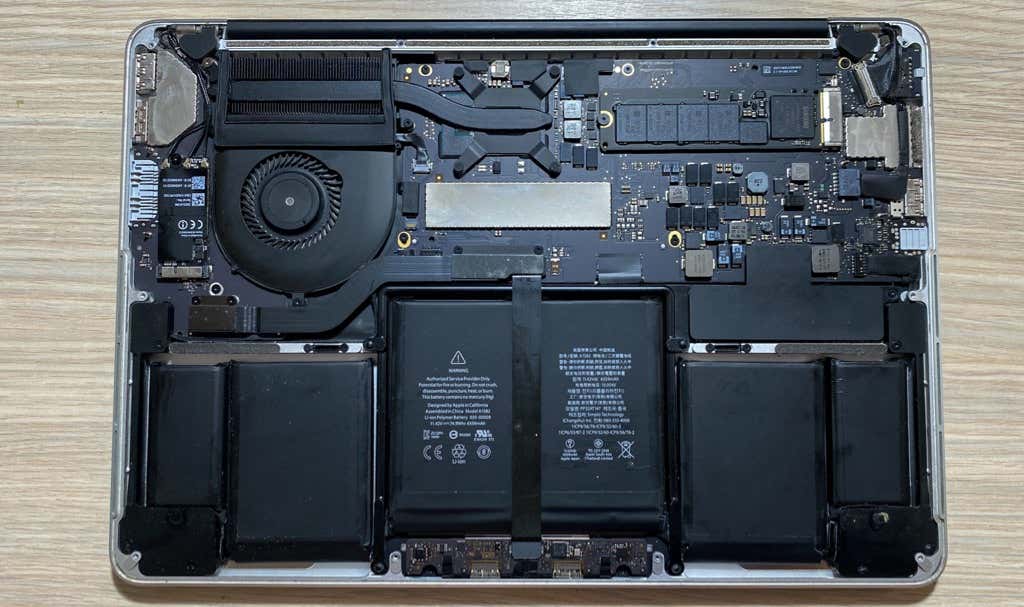

When you’re happy with your changes, click “OK.”.You can also set the temperature where the fan will hit its maximum speed. Set a specific temperature, at which point the fan will start to run faster.Manually set a constant fan speed, by selecting “Constant RPM value” and then using the accompanying slider to increase or decrease the RPM.To override a fan’s settings, select its accompanying “Custom” button. This allows you to set a specific target temperature or RPM (revolutions per minute) which is the number of revolutions your Mac’s hard drive will complete in a single minute. This application will now list all of your Mac’s fans and their current temperatures, and will display two buttons for each fan:
 Launch the Macs Fan Control app, and enter your admin password when prompted.
Launch the Macs Fan Control app, and enter your admin password when prompted.  If Macs Fan Control is going to work correctly, then it must be located in your “Applications” folder, so grab the app and drag it to your “Applications” folder. Download the latest version of the Macs Fan Control app. In this tutorial we’ll be using the free, third party Macs Fan Control app, so the first step is getting this application setup: How to Stop Windows 11 Laptops from Overheating and Keep them Cool? Manually increase, or decrease your fan settings In this article, I’ll show you how to manually configure your fan settings, using the free Macs Fan Control application. As ever, there’s a downside: your system will get hotter, quicker, so macOS is more likely to throttle your CPU and make your Mac run noticeably slower, even when you’re not doing anything particularly strenuous. This performance boost comes at a cost, as your fans will be noticeably louder, which may be difficult for some users to deal with, or could even be embarrassing if you’re using your Mac around other people, such as in an office or cafe.Īlternatively, if you find the sound of the fans grating, then you can turn them down a notch. By configuring your fans to kick in at lower temperatures you can push your Mac harder, without macOS stepping in and throttling your CPU.
If Macs Fan Control is going to work correctly, then it must be located in your “Applications” folder, so grab the app and drag it to your “Applications” folder. Download the latest version of the Macs Fan Control app. In this tutorial we’ll be using the free, third party Macs Fan Control app, so the first step is getting this application setup: How to Stop Windows 11 Laptops from Overheating and Keep them Cool? Manually increase, or decrease your fan settings In this article, I’ll show you how to manually configure your fan settings, using the free Macs Fan Control application. As ever, there’s a downside: your system will get hotter, quicker, so macOS is more likely to throttle your CPU and make your Mac run noticeably slower, even when you’re not doing anything particularly strenuous. This performance boost comes at a cost, as your fans will be noticeably louder, which may be difficult for some users to deal with, or could even be embarrassing if you’re using your Mac around other people, such as in an office or cafe.Īlternatively, if you find the sound of the fans grating, then you can turn them down a notch. By configuring your fans to kick in at lower temperatures you can push your Mac harder, without macOS stepping in and throttling your CPU. 
Whenever your Mac’s temperature starts to rise, macOS automatically throttles your CPU to give the temperature a chance to return to normal. However, there are some benefits to manually adjusting your fan settings. Your laptop’s built-in fans will go faster when your Mac starts to get hot, and slow down once the temperature returns to normal, all with zero interference from you. Most of the time, you don’t need to worry about your Mac’s temperature.








 0 kommentar(er)
0 kommentar(er)
